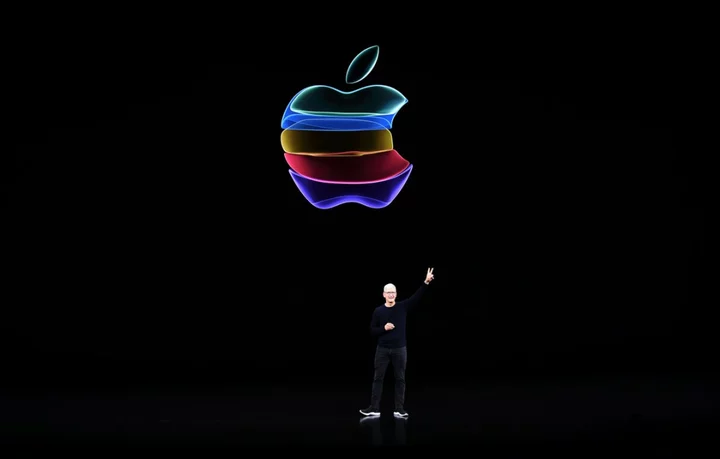
iPhone 15: Rumours hint at what mysterious button on side of new Apple device could do
The new iPhone 15 is widely rumoured to have a mysterious button on its side – and we might finally know what it does. Apple rumours have long suggested that the new iPhone 15 could swap the current mute switch on the side of the phone for a single button. But it was unclear what the button would actually do. The Apple Watch Ultra has a very similar feature, named the action button, which can be programmed for a variety of features. It can be used to open a workout or turn on the torch, for instance. The iPhone 15’s button appears to be designed to do the same, according to the latest leak, but with features that are more aimed at how people use their phone. That is according to Macrumors, which reported that it had found new code in the latest iOS 17 beta that included a list of names that seem to indicate what the button could be used for. The features are: accessibility, shortcuts, silent mode, camera, flashlight, focus, magnifier, translate and voice memos, Macrumors reported. Many of them appear to refer to individual apps that would presumably be opened with a press of the button. The camera and voice memos already have their own apps, and flashlight and magnifier are features that can be opened from other parts of the iPhone already. Accessibility would presumably open shortcuts that are currently available to allow people to adjust the iPhone to their needs. That would most likely allow people to switch on tools such as VoiceOver, which narrates what is happening on the screen, for instance. Silent mode would seem to replicate the mute switch that is currently in the place of the action button. And shortcuts and focus would presumably allow for users to open the quick programmable shortcuts and focus modes that currently allow users to streamline the software experience on the iPhone. Apple is rumoured to be preparing four new iPhones for release in September, though recent reports have suggested that the release of at least some of them could be pushed into October. The company is once again planning two sizes of both the Pro and normal models of the iPhone 15, but only the Pro version is expected to have the new button. Read More iPhone users urged to check their photo library amid fears they could be deleted Rumours are growing about some bad iPhone news Apple ‘secretly working on its own AI chatbot’
2023-07-28 00:52

Mark Zuckerberg has lost $40 billion on metaverse, Meta results show – and he plans to lose even more
Mark Zuckerberg’s big bet on the metaverse has now lost $40 billion – and the company intends to lose even more. The huge figures were revealed as part of Meta’s latest results, which generally showed a strong rise in advertising revenue. But they also showed an increase in expenses at the company, with the development not only of the metaverse but also artificial intelligence and legal fees. Meta has been dramatically cutting costs and laying off staff. But at the same time it has been spending heavily on some projects, such as the metaverse, in the face of criticism from those who suggest that the bet is unlikely to pay off. That work on the metaverse is done by the company’s Reality Labs unit, which is responsible for developing technology like augmented reality glasses. It reported sales of $276 million, down from $452 million in the same quarter last year. The unit lost $3.7 billion in the second quarter, putting it on track to have far higher costs than the $5 billion annual target set out in a widely circulated investor note in the fall. The unit has lost more than $40 billion since 2021, including $13.7 billion last year. Meta said it expected Reality Labs operating losses to “increase meaningfully” in 2024 as the company continued to invest in augmented and virtual reality and “scale our ecosystem.” Zuckerberg had previously said Meta would “pace” investments in the division after 2023. He told investors he understood why many of them would feel discomfort over such a long-term bet. But the positive results across the company pushed Meta shares up 7.5 per cent. “We continue to see strong engagement across our apps and we have the most exciting roadmap I’ve seen in a while with Llama 2, Threads, Reels, new AI products in the pipeline, and the launch of Quest 3 this fall,” Meta chief executive Mark Zuckerberg said. Meta’s second-quarter revenue grew 11% to $32 billion in the quarter ended June 30, compared with analysts’ average estimate of $31.12 billion. Ad revenue rose 12% in the quarter, faster than growth at Google, where ad revenue rose 3%. Adjusted earnings per share of $2.98 topped Wall Street targets of $2.91, according to data from Refinitiv. The social media giant has been climbing back from a bruising 2022, buoyed by hype around emerging AI technology and an austerity drive in which it has shed around 21,000 employees since last fall. The company’s shares have more than doubled in value this year as a result. Advertisers are reinforcing those gains by pumping money into digital ads again after months of muted spending, heartened by signs that the economy may overcome a bout of high inflation without suffering a major meltdown. Brands are hedging their bets, however, and sticking with tried and true platforms. That helps Meta and Alphabet while punishing smaller players like Snap, which reported disappointing sales on Tuesday. Meta’s revenue forecast did not specify whether the figure includes any sales that might come from the recently launched Threads app, which does not yet have ads. Additional reporting by Reuters Read More Elon Musk’s ‘X’ is already trademarked by Mark Zuckerberg How Mark Zuckerberg’s new ChatGPT rival could lead to ‘obscene’ AI Meta unveils its ChatGPT rival Llama Here’s how to claim your share of $725m settlement in Facebook’s privacy lawsuit Elon Musk forces firms to pay X $1,000 to keep gold ticks Slack has stopped working
2023-07-28 00:24
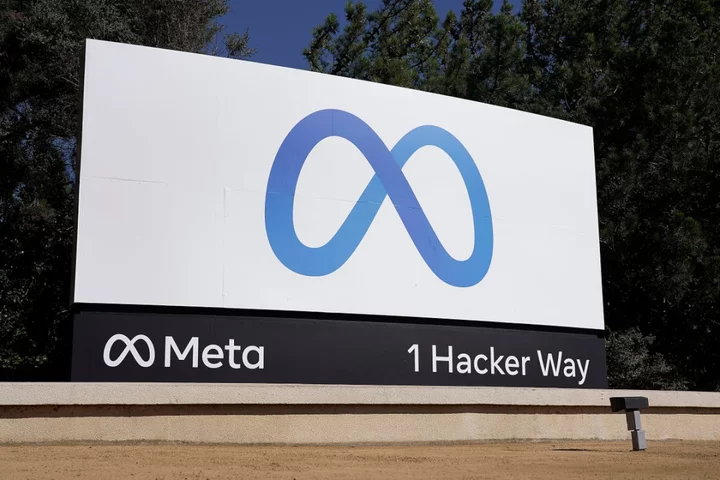
Are you a Facebook user? Here’s how to claim your share of $725m settlement in privacy lawsuit
Facebook users in the US have just one more month to apply for a share of a $725 million privacy settlement. Meta agreed to pay the fine late last year, but those affected must explicitly ask for it by sending in a form. Those that don’t will miss out on any share of the vast settlement. The payment is part of an agreement, reached with Meta, to settle a lawsuit that alleged it allowed millions of its users’ personal information to be fed to Cambridge Analytica, a firm that supported Donald Trump’s 2016 presidential campaign. Anyone in the US who has had a Facebook account at any time between May 24, 2007, and December 22, 2022, is eligible to receive a payment. To apply for the settlement, users can fill out a form and submit it online, or print it out and mail it. The deadline is August 25. It’s not clear how much money individual users will receive. The larger the number of people submitting valid claims, the smaller each payment will be since the money has to be divided among them. The case sprang from 2018 revelations that Cambridge Analytica, a firm with ties to Trump political strategist Steve Bannon, had paid a Facebook app developer for access to the personal information of about 87 million users of the platform. That data was then used to target U.S. voters during the 2016 campaign that culminated in Trump’s election as the 45th president. Uproar over the revelations led to a contrite Zuckerberg being grilled by U.S. lawmakers and spurred calls for people to delete their Facebook accounts. Facebook’s growth has stalled as more people connect and entertain themselves on rival services such as TikTok, but the social network still boasts more than 2 billion users worldwide, including an estimated 250 million in the U.S. Beyond the Cambridge Analytica case, Meta has been under fire over data privacy for some time. In May, for example, the EU slapped Meta with a record $1.3 billion fine and ordered it to stop transferring users’ personal information across the Atlantic by October. And the tech giant’s new text-based app, Threads, has not rolled out in the EU due to privacy concerns. Additional reporting by Associated Press Read More Ukraine war’s heaviest fight rages in east - follow live Charity boss speaks out over ‘traumatic’ encounter with royal aide
2023-07-27 23:59

US Senator Wyden asks FTC, CISA, DOJ to 'take action' against Microsoft following hack
Oregon Senator Ron Wyden has asked the Federal Trade Commission, the Cybersecurity and Infrastructure Security Agency and the
2023-07-27 23:58

Scientists say people have the ability to 'smell' rain before it arrives
Ever wondered why people say they can smell rain before it rains? They are not pulling your leg - there is real science behind it. It is all because of petrichor, made up from the Greek words "petra", meaning stone, and '"ichor", which refers to the golden fluid that flows in the veins of the gods in their mythology. It basically means the the "smell of rain" with the phrase coined by Australian scientists Joy Bear and Richard Thomas in 1964. Jeff Weber, a meteorologist with the University Corporation for Atmospheric Research Unidata Program Center told the Mirror: "Petrichor is caused by oils derived from plants, primarily leaves, that accumulate over dry periods. These oils settle into soils or onto pavement over time and are released into the atmosphere by being disturbed by rainfall." According to the Met Office, the reason people claim to smell rain because it comes is because "when a higher humidity is experienced as a precursor to rain, the pores of rocks and soil become trapped with moisture forcing some of the oils to be released into the air". Sign up to our free Indy100 weekly newsletter Despite some being released before it actually rains, the strongest smell is released during. This is when raindrops landing on soil "trap tiny air bubbles on the surface which then shoot upward" and "burst out of the drop throwing aerosols of scent into the air where they are then distributed by the wind". The smell is produced by a soil bacteria which releases a chemical called geosmin, which provides an "earthy", musky or fresh aroma. Before it rains, a person might be able to smell the scent of ozone, or O3, which is a naturally present gas in the atmosphere which gets its name from the Greek word 'ozein', or smell. It sometimes indicate that a storm is on the way because pockets of gas are pushed down to ground level by winds. This means that those who are sensitive to the smells will likely be able to pick them up. So now you know. Have your say in our news democracy. Click the upvote icon at the top of the page to help raise this article through the indy100 rankings.
2023-07-27 23:17

Harrowing animation shows how Oppenheimer's atomic bomb worked
The release of Christopher Nolan’s Oppenheimer has generated a flurry of interest in the man behind the atomic bomb, Julius Robert Oppenheimer. The film tells the story of the physicist and his role in the Manhattan Project, which was the the codename given to the development of the A-bomb. Oppenheimer, who referred to himself as “death, destroyer of worlds”, was the figurehead of the project, which involved splitting the atom and the devastation wrought by two atomic bombs being dropped on Japan in 1945. Sign up to our free Indy100 weekly newsletter The first bomb was dropped on the city of Hiroshima on 6 August 1945. It killed tens of thousands of people. It was nicknamed Little Boy. Oppenheimer Atomic bomb How it Works | First Nuclear Bomb www.youtube.com A second bomb fell days later on the city of Nagasaki, this time nicknamed Fat Man. Historians believe more than 200,000 people died as a result of the events, with millions more severely affected. Now, YouTube channel AiTelly has produced a video of what exactly happens inside such a weapon to create such a wave of destruction. The animation shows that when the bomb falls, it activates a switch that triggers a trio of navy gun primers, which in turn ignite a charge inside the weapon. Four silk powder bags containing two pounds of cordite, an explosive powder, push the the uranium projectile forward at 300 metres-per-second. The uranium collides with more uranium at the front of the bomb, combining them with four polonium initiators, which create nuclear fission. This is the act of splitting the atom, and it is what creates the huge expulsion of energy – the explosion. Have your say in our news democracy. Click the upvote icon at the top of the page to help raise this article through the indy100 rankings.
2023-07-27 21:56

Comcast beats revenue estimates on boost from theme parks, studios
By Helen Coster and Samrhitha A NEW YORK (Reuters) -Comcast Corp beat estimates for quarterly revenue on Thursday, helped by
2023-07-27 21:54
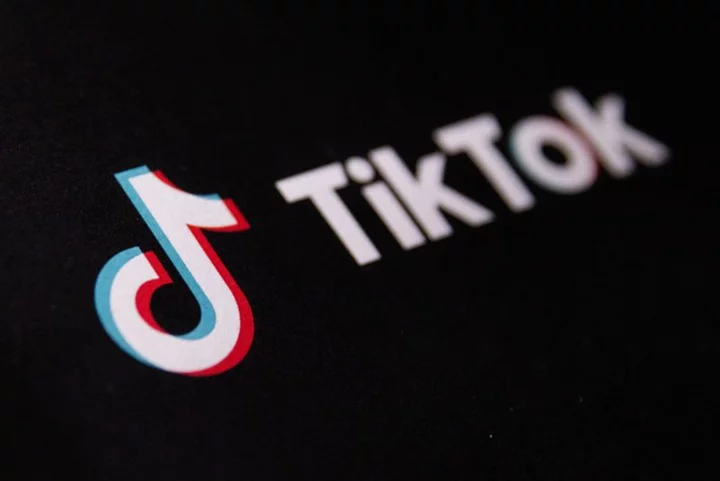
TikTok won't launch cross-border e-commerce services in Indonesia amid concerns
By Stanley Widianto and Josh Ye JAKARTA/HONG KONG TikTok said it has no plans to roll out a
2023-07-27 21:16
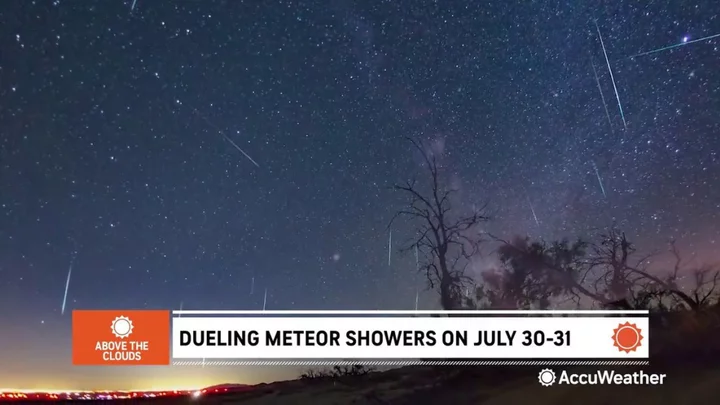
A meteor which exploded over the Atlantic had similar force as Hiroshima atomic bomb
A meteor exploded over the Atlantic Ocean at a force comparable to the atomic bomb dropped on Hiroshima during the Second World War. While this may sound like a scary prospect, there is nothing to worry about as this asteroid did not actually hit the Earth. The debris burned up at a height of around 31 kilometres above the Atlantic Ocean off the coast of Brazil, experts say. Data from NASA showed that the meteor appeared to release the equivalent energy of around 12,000 tonnes of TNT - that's approximately 12 kilotons of explosive power. Sign up to our free Indy100 weekly newsletter Similarly, the Hiroshima Bomb detonated with an approximate energy of 15 kilotons – that is, 15 thousand tonnes of TNT equivalent. This force caused devastation in the Japanese city and killed at least 80,000 people instantly, with tens of thousands dying later due to radiation exposure. Although 12 kilotonnes does sound like a lot, there have also been other explosions that have had a higher number than this. One example is the 450 kilotons of explosive energy (0.45 megatons) released as a result of the Chelyabinsk meteor back in 2013 - 26 to 33 times as much energy as the Hiroshima Bomb. The house-sized asteroid exploded 14 miles above the ground and generated a shock wave that blew out windows over 200 square miles and damaged some buildings. Over 1,600 people were injured in the blast, mostly due to broken glass, according to NASA. Elsewhere, amazing footage captures the moment a meteor crashes into the moon and, scientists discover a secret planet hiding in our solar system. Have your say in our news democracy. Click the upvote icon at the top of the page to help raise this article through the indy100 rankings.
2023-07-27 21:16
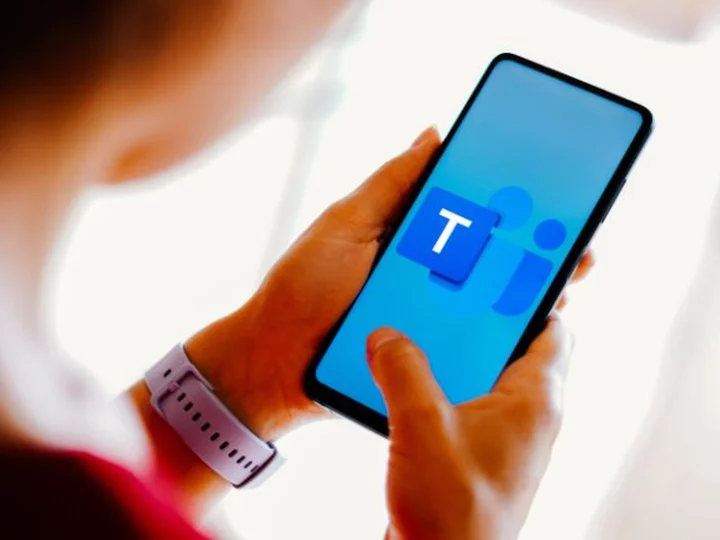
Microsoft under European antitrust investigation over Teams
European officials are investigating whether Microsoft's practice of bundling its Teams software with Office 365 is anticompetitive, the European Commission said Thursday.
2023-07-27 20:58

Elizabeth Warren and Lindsey Graham want a new agency to regulate tech
Two US senators are calling for the creation of a new federal agency to regulate tech companies such as Amazon, Google and Meta, in the latest push by members of Congress to clamp down on Big Tech.
2023-07-27 20:27

AC is hard on the planet. This building has a sustainable solution
In mid-July at the construction site at 1 Java Street in Brooklyn, New York, the outside temperatures can reach sweltering highs in the 90s. But 500-feet underground, it's 55 degrees all year round.
2023-07-27 19:54
